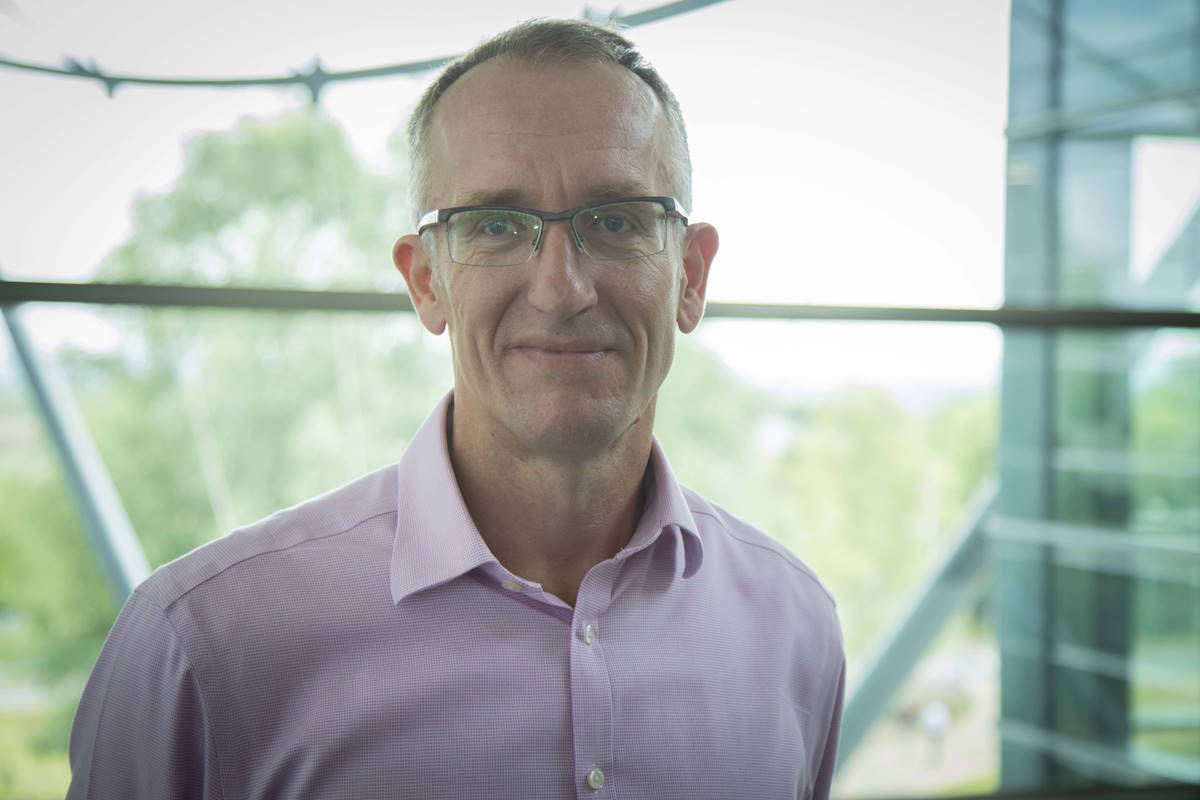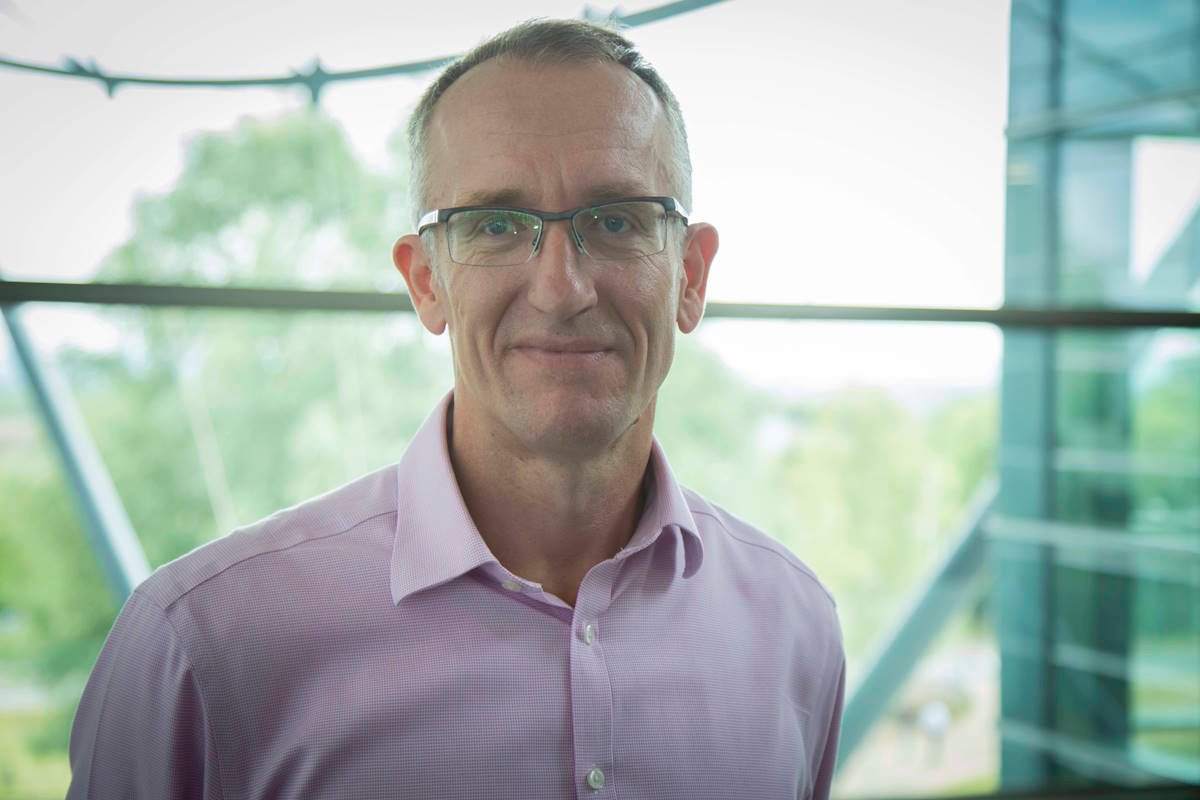
Dr Hort, who is a Principal Fellow at the Met Office specialising in airborne hazards, has received an OBE for services to atmospheric dispersion science and emergency response.
The Earth’s atmosphere is a single entity. Therefore, any airborne hazards can rapidly disperse to other areas: understanding the risks and potential dispersion of those hazards has made Dr Hort a world-leading expert. He is sought after whenever there is an issue relating to: radiological hazards; volcanic eruptions; industrial or other accidents or fires; airborne plant and animal diseases; and air quality.
Over his career, Dr Hort – who is originally from St Albans in Hertfordshire – has worked on the dispersion of many airborne hazards. Perhaps the highest profile was his work on the eruption of the Eyjafjallajökull volcano in Iceland in 2010.
The dispersion of volcanic ash forced the grounding of many planes across north-western Europe and parts of North America. So, understanding and communicating the dispersion of the ash and the risks was vital. Dr Hort said: “The eruption in 2010 was highly significant for the North Atlantic region due to density of the airspace and therefore the number of flights that were affected. This unprecedented impact required science teams to work rapidly with experts from Iceland, The British Geological Survey, the aviation industry and regulators. This collaboration developed an entirely new risk framework, as well as developing new models and systems so that this could be used around the clock with immediate effect.”
Energising
Dr Hort added: “For me this rapid evolution and high-pressure environment was highly motivating and energising while also being very challenging; in many ways it has motivated me ever since to focus on how science is communicated and how it can best support critical decisions.
“The intensity of effort over several weeks was followed by many years of work in advancing the science, procedures and policy enabling global adoption by the International Civil Aviation Authority.”
Other areas of work and expertise include providing expert advice on atmospheric dispersion in emergency situations, such as the Fukushima nuclear incident in Japan, in 2011, and the aftermath of the Grenfell tower disaster, in 2017. The Fukushima Daiichi nuclear accident was an event of global importance.
The dispersion and deposition of released radionuclides can present a risk to human health and the environment. Helping the UK Government advise UK citizens was critical. Dr Hort added: “Working collaboratively was key. The UKHSA, with their responsibility for health, came together with the Met Office’s meteorological expertise and modelling capability to deliver predictions needed to make assessments about the potential spread of nuclear material.
“The rapid development of joint modelling during that incident has again led to the creation of new UK multi-agency capability; changing and improving the UK ability to advise on and manage such events if they ever happen again.
“The diversity of challenges requires experts from many organisations to work together. It has been my immense privilege to work with many exceptional people from whom I have learnt and relied upon.”
Named expert
Dr Hort is a named expert for dispersion hazards on the UK Government’s SAGE (Scientific Advisory Group for Emergencies). He was an invited member of an Academy of Medical Sciences expert advisory group, whose report to SAGE advised the UK Government on preparations for a new coronavirus wave in winter 2020/21. Internationally he is an expert for the WMO (World Meteorological Organization) on both volcanic ash and radiological hazards.
Professor Simon Vosper is the Met Office Director of Science. He said: “Matthew has pioneered the use of atmospheric dispersion science to inform government decision making and he played a key role in the creation of a new cross-government steering group for radiological modelling capability.
“Bridging the gap between science and decision-making, his responsiveness and proactive engagement in a time of need set him apart.”
Dr Hort originally trained as an engineer at the University of Surrey and developed an interest in atmospheric dispersion in relation to industrial facilities and potentially routine releases and their air quality impact.
Matthew Hort added: “I consider myself to have been incredibly lucky to work with many exceptional people in many organisations. I have relied upon them, and I am very aware that everything I have achieved has been a team activity. I would therefore like to thank all of them for their expertise and friendship.”
Met Office





